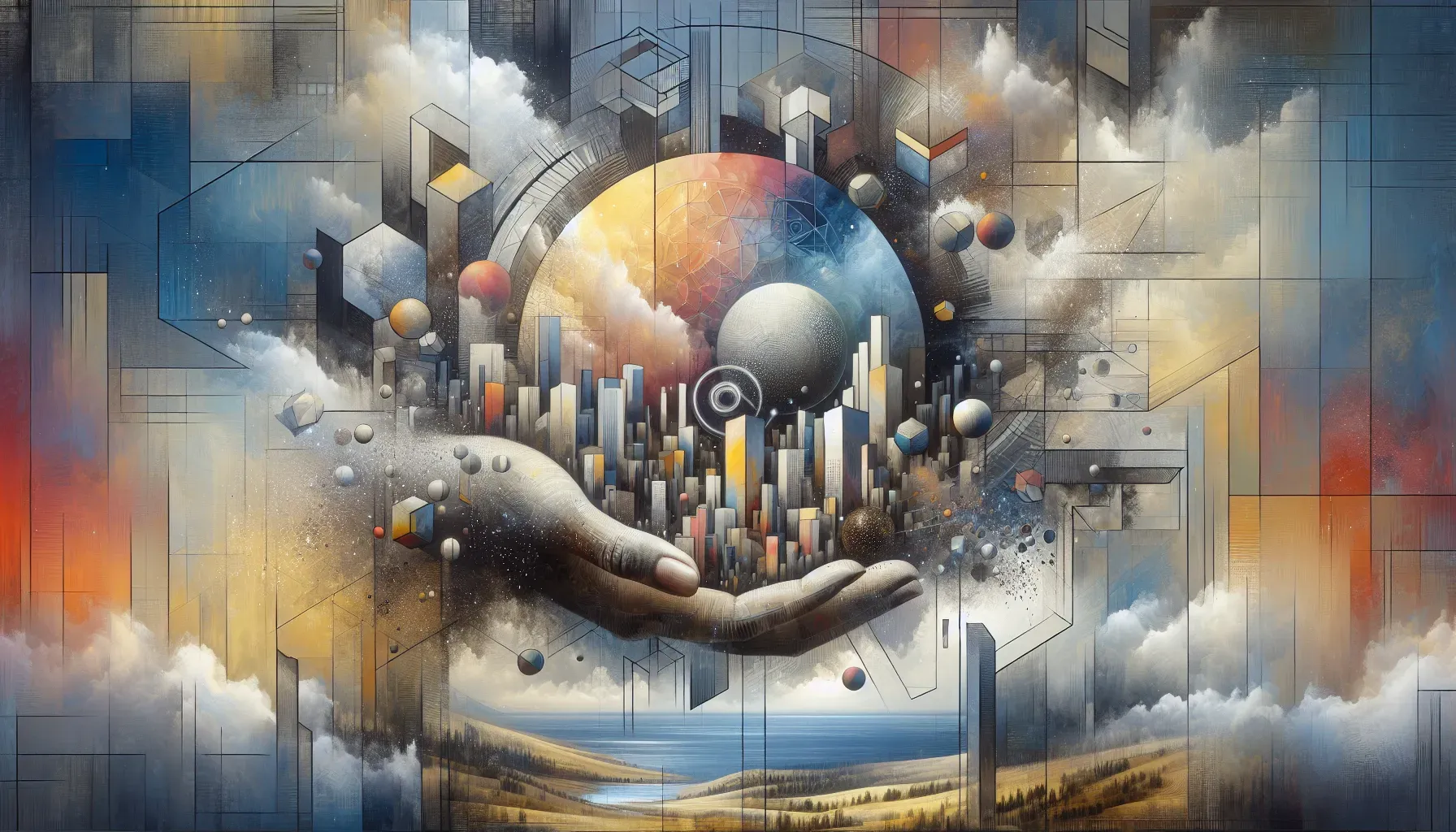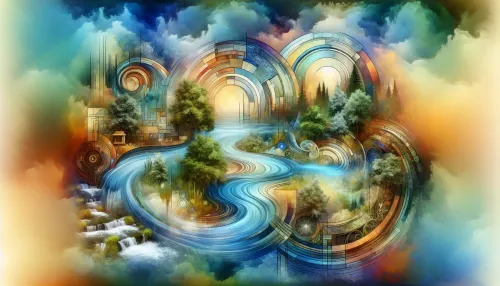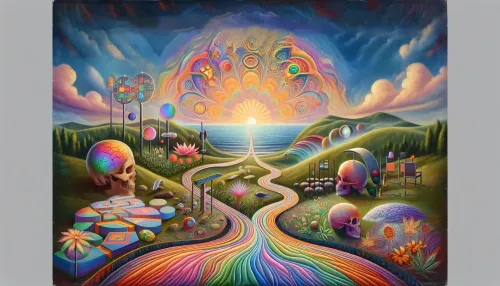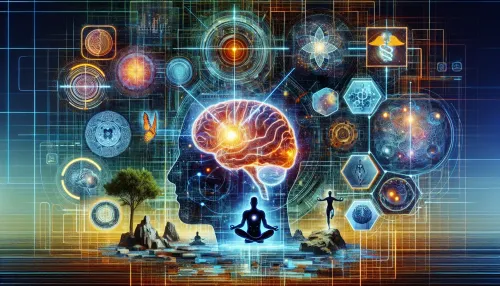The Art of Healing: Exploring the Therapeutic Potential of Art Therapy

The Peppino Blog has long been a source of insightful content, and today, we delve into the world of "Health and Wellness" to explore the profound impact of art therapy on mental and emotional well-being. Join us on this journey as we uncover the transformative potential of creative expression as a powerful therapeutic tool.
Unveiling the Healing Power: Understanding How Art Therapy Nurtures Mental and Emotional Well-Being
Art therapy, often regarded as a non-verbal form of psychotherapy, has gained recognition for its ability to unlock profound healing processes within individuals. By engaging in artistic endeavors under the guidance of trained art therapists, individuals can articulate emotions, alleviate stress, and gain insights into their inner world.
Through the act of creating art, individuals can externalize their internal struggles, fostering a sense of release and relief. This process facilitates introspection and encourages individuals to explore complex emotions that may be difficult to express through words alone. Art therapy provides a safe space for individuals to confront and work through their emotional challenges, ultimately contributing to enhanced mental well-being.
Art therapy has been found to be particularly beneficial for individuals dealing with trauma, anxiety, depression, and other mental health concerns. The integration of art-making and therapeutic dialogue allows individuals to process their experiences in a holistic manner, promoting greater emotional resilience and self-awareness.
Creative Expression as Therapy: How Art Serves as a Medium for Self-Exploration and Stress Relief
The act of creative expression through art serves as a powerful catalyst for self-exploration and stress relief. Whether through painting, drawing, sculpting, or other forms of artistic expression, individuals can tap into their inner creativity to communicate thoughts and feelings that may elude verbal expression.
One of the key strengths of art therapy lies in its capacity to transcend language barriers. Individuals who may struggle to articulate their emotions verbally find solace in the visual language of art. This form of communication enables practitioners to connect with deeper aspects of their psyche without feeling constrained by traditional means of expression.
Moreover, the process of engaging in art-making can be inherently soothing and meditative. The focused attention required during the creative process enables individuals to enter a state of flow, where worries dissipate, and a sense of calm envelops them. This meditative aspect of art creation contributes significantly to stress reduction and relaxation.
Integrating Art and Wellness: Exploring Art Therapy Techniques for Holistic Healing
Art therapy encompasses a wide array of techniques tailored to meet the diverse needs of individuals seeking therapeutic support. From guided imagery and mandala creation to collage work and narrative storytelling through art, the techniques employed in art therapy are designed to harness the innate healing potential of creative expression.
These techniques are carefully curated to encourage self-reflection, foster emotional processing, and promote overall well-being. Through engaging in these structured activities, participants embark on a journey of self-discovery while receiving guidance from trained professionals adept at facilitating growth and healing through art.
Holistic healing is at the core of art therapy, with practitioners emphasizing the interconnectedness of mental, emotional, and physical well-being. By integrating art-making with mindfulness practices, breathwork, and body awareness exercises, art therapists create an environment that nurtures holistic wellness, addressing the multifaceted nature of human experience.
Transformative Effects: How Art Therapy Enhances Coping Skills and Promotes Emotional Resilience
The transformative effects of art therapy extend beyond the immediate creative process, exerting a lasting impact on individuals' coping skills and emotional resilience. Through continued engagement with art therapy interventions, participants develop adaptive strategies for managing stress, processing emotions, and navigating life's challenges.
Art therapy empowers individuals to cultivate resilience by providing them with tools to express themselves authentically while building a repertoire of coping mechanisms that transcend the therapeutic setting. This newfound resilience enables individuals to navigate adversity with greater fortitude and clarity, thereby enhancing their overall psychological well-being.
Furthermore, the positive outcomes experienced through art therapy often extend into other areas of individuals' lives, influencing their interpersonal relationships, decision-making abilities, and overall outlook on life. The profound shifts fostered by art therapy contribute to lasting improvements in individuals' emotional regulation capacities, paving the way for sustained well-being.
In conclusion, the integration of art therapy within the realm of "Health and Wellness" represents a profound paradigm shift in how we approach mental and emotional well-being. The therapeutic potential inherent in creative expression offers a gateway to healing that transcends conventional modalities. As we continue to unveil the transformative power of art therapy, its capacity to enhance coping skills and foster emotional resilience emerges as an invaluable asset in promoting holistic wellness.
Check Out These Related Articles

The Power of Hydrotherapy: Transformative Benefits for Physical Rehabilitation & Relaxation

The Rise of Psychedelic Therapy: Exploring Novel Mental Health Pathways

Holistic Healing: Navigating Truths and Misconceptions in Alternative Therapies
